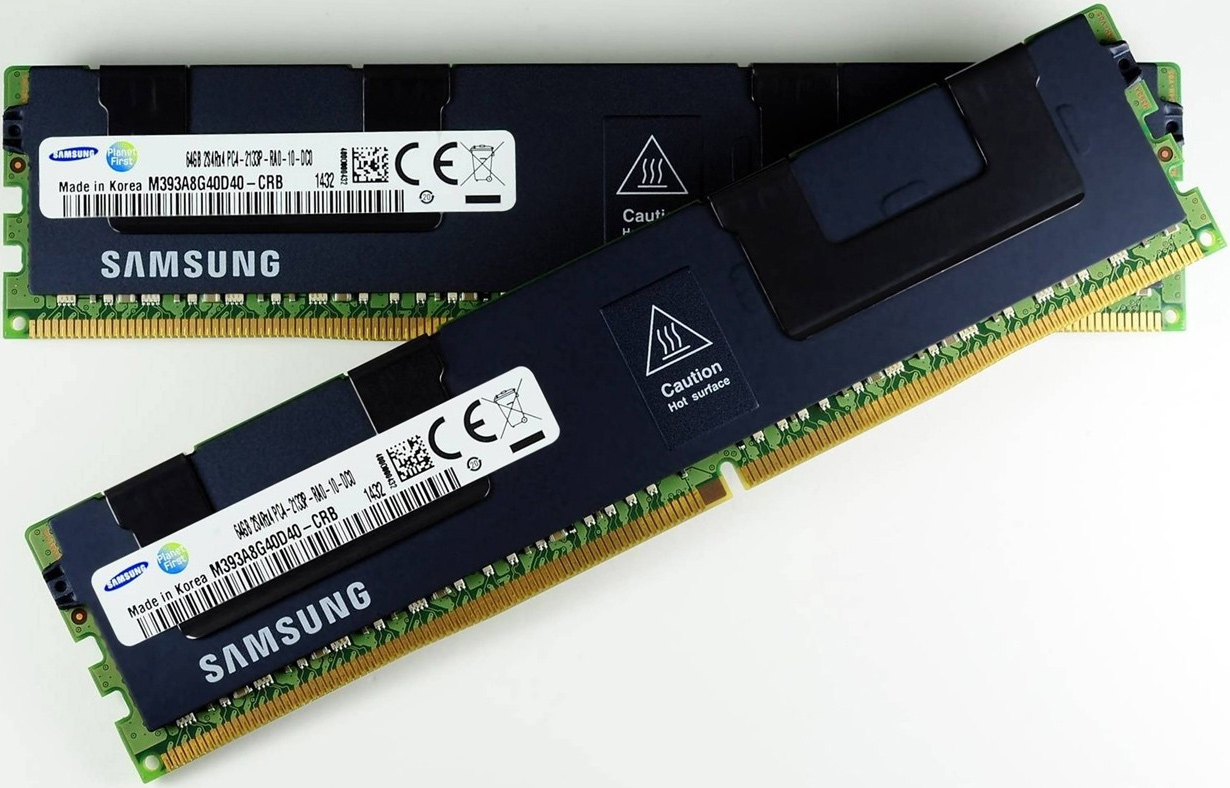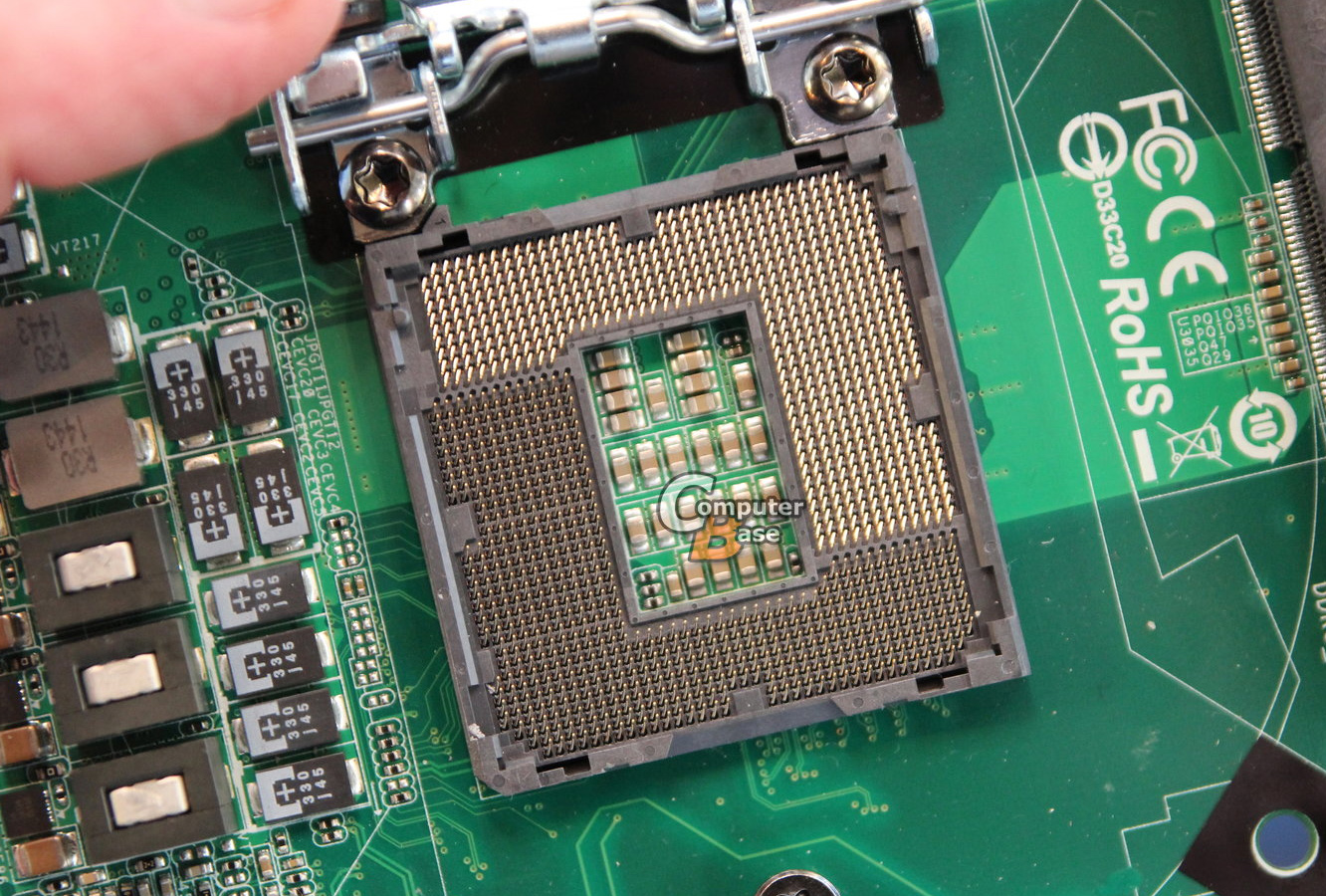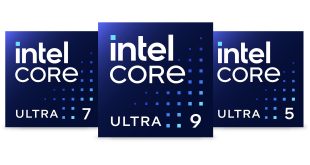Intel Corp.’s upcoming code-named “Skylake-S” microprocessor will promote the new DDR4 memory standard considerably more aggressively than it was initially believed. Although integrated memory controller of “Skylake” supports different types of DRAM, the processors will not officially support DDR3, but will only be compatible with a low-power version of the technology. As a result, the majority of desktop mainboards for “Skylake” will rely on DDR4.
Intel’s code-named “Skylake” central processing units for personal computers have integrated memory controller that can support different types of dynamic random access memory (DRAM), which is important as the chips will power various personal computers, including desktops, laptops, hybrid 2-in-1 systems, tablets and other. Unfortunately, for some reason Intel decided to cut-down flexibility of DRAM support by various “Skylake” microprocessors.
The upcoming “Skylake-S” CPUs in LGA1151 packaging for desktops will only officially support DDR4 and DDR3L memory with 1.2V or 1.35V voltages, according to sources with knowledge of the matter. The new microprocessors will not support standard DDR3 memory with 1.5V or 1.65V voltages, which are used by today’s high-end desktop personal computers.

While DDR3 and DDR3L memory chips belong to the same JESD79-3 DDR3 memory device standard, use the same protocol, the same IC [integrated circuit] package and can both operate at 1.35V, formally they are still different. Therefore, memory controllers programmed to work only with DDR3L may not work with DDR3 once they detect the memory type (by reading it in the SPD chip on memory modules). Apparently, this is the case with desktop “Skylake-S” microprocessors.
Manufacturers of mainboards will have to install either 288-pin slots for DDR4 DIMMs or 204-pin slots for DDR3L SO-DIMMs on their LGA1151 platforms, but not 240-pin slots for DDR3 memory modules. Keeping in mind that producers of motherboards tend to follow recommendations of chip designers, the majority of desktop platforms for “Skylake” will use DDR4 memory. Small form-factor systems will continue to use DDR3 SO-DIMMs, but high-performance PCs with Intel’s latest processors will all rely on DDR4.
While it should be technically possible to build an LGA1151 mainboard for “Skylake-S” processors with 240-pin DDR3 DIMM slots and make the system work by tweaking BIOS, it is unlikely that such mainboards will actually be made. In addition to a custom BIOS development, mainboard makers will have to ensure stability, reliability and compatibility, which involves a lot of testing that cost quite a lot. Even if a manufacturer decided to offer a DDR3 motherboard for LGA1151 chips, such platform will hardly get too popular.

Manufacturers of memory modules produce DDR3L-based SO-DIMMs with clock-rates up to 1866MHz. Unfortunately, not a single one makes DDR3L DIMMs. Moreover, it does not seem that memory module houses plan to produce such products at all.
Producers of DRAM chips, such as Micron Technology, Samsung Electronics and SK Hynix, will benefit from Intel’s decision to exclusively support DDR4 and DDR3L with its “Skylake” microprocessors. DDR4 memory is still more expensive than DDR3 and is sold at a premium. Growing demand will increase their revenues and margins. Suppliers of memory modules will also benefit from transition of Intel’s mainstream platforms to DDR4 this year.
Intel traditionally does not comment on products that have not been announced.
Discuss on our Facebook page, HERE.
KitGuru Says: If you are planning to build a high-performance Intel “Skylake-S”-based system, then you are going to need at least a couple of fine DDR4 memory modules.
 KitGuru KitGuru.net – Tech News | Hardware News | Hardware Reviews | IOS | Mobile | Gaming | Graphics Cards
KitGuru KitGuru.net – Tech News | Hardware News | Hardware Reviews | IOS | Mobile | Gaming | Graphics Cards



What about the UniDIMM standard? Did they just throw that out the window?
Yeah make DDR4 cheaper just in time of AMD Zen CPU arrives. Intel fanboys loves paying more. So pay more….
another reason for me to make another build to remplace my Z77 build
Early adopters will always pay more. Without mass adoption, these DDR4 memory modules would remain expensive. Intel’s current HEDT (High End DeskTop) platforms are already using DDR4, and as sales of them increases the prices of DDR4 have lowered to affordable levels quite recently. The release of Intel’s Skylake should trigger mass adoption of DDR4 memory (just like in the past with DDR2 and DDR3 memory)…
Actually DDR4 prices are getting into DDR3 price range, the only problem is they are being sold as quad-channel kits, usually 16GB and greater (4x4GB, 2x8GB and so on). For Skylake even if prices hasn’t changed compared to today, me and a friend will be buying a kit like this: http://www.amazon.com/dp/B00NMJJXU4 and splitting the kit between both. We will be paying just as if it was a regular DDR3. Not really expensive as people make it out to be.
Maybe it was just a rumor?
➼➼➼ $73.. per-hr @mi8//
,,,
➨➨➨http://WorldStarHipHopClub.com/dream/maker…
yeah like AMD users will pay more for stacked VRAM before Pascal comes out. Your point?
Mobile only I think.
The 3rd last paragraph is incorrect. For example what is the Kingston KTD-XPS730CL/8G part if it is not 1.35 V 240 pin DIMM ??. This is a complex subject for non industry professionals please be careful what you say.